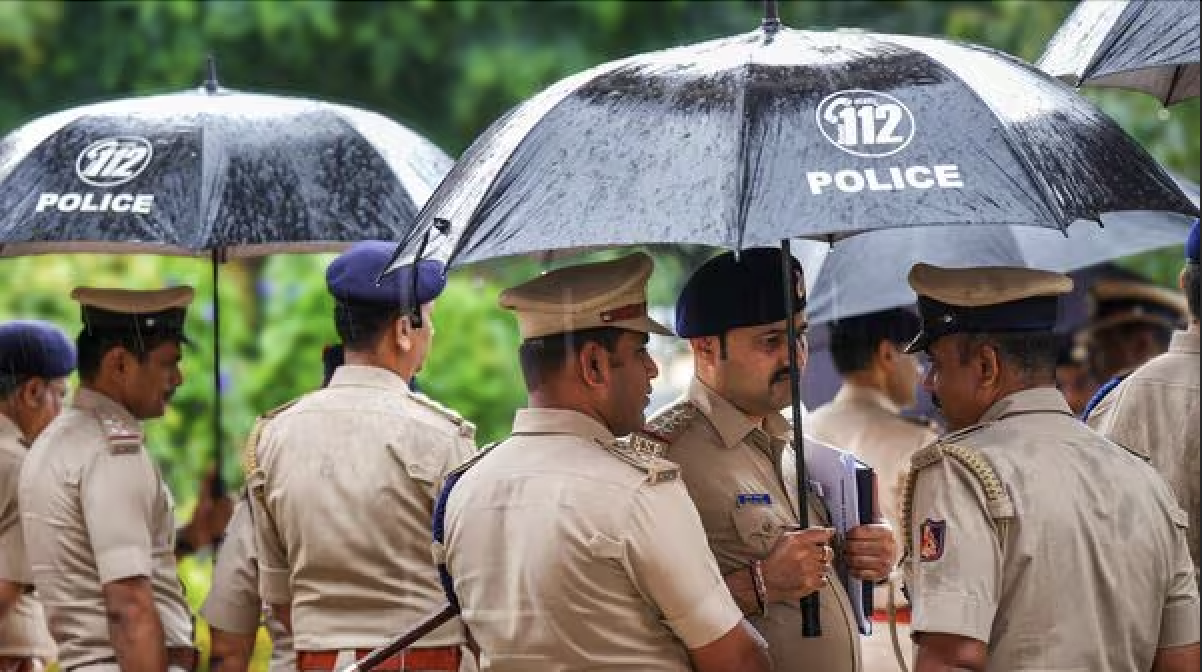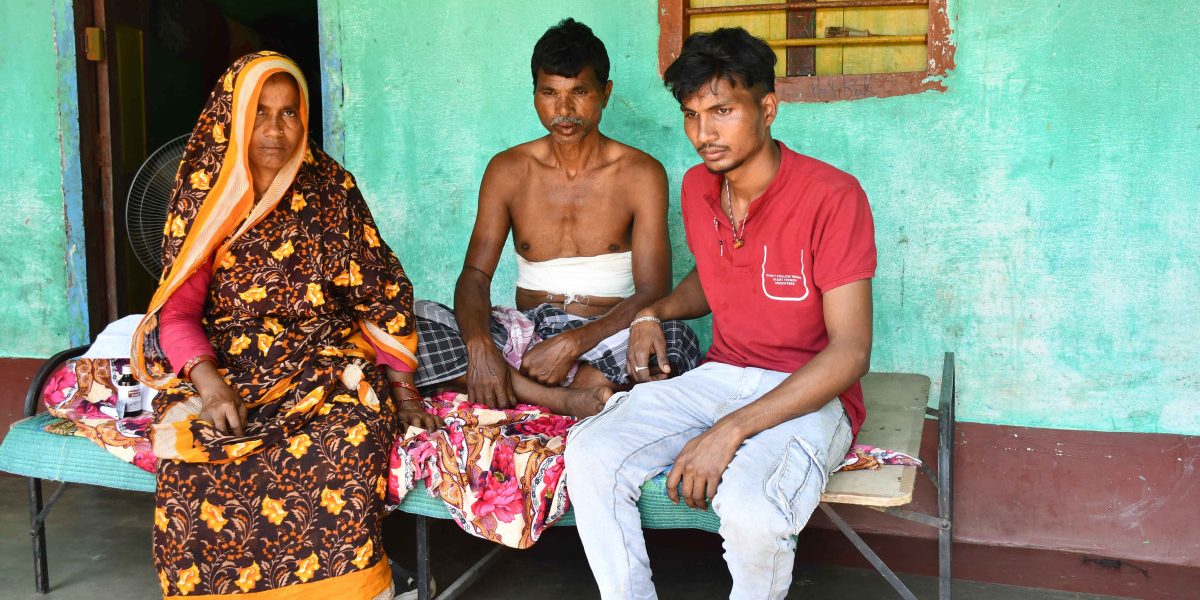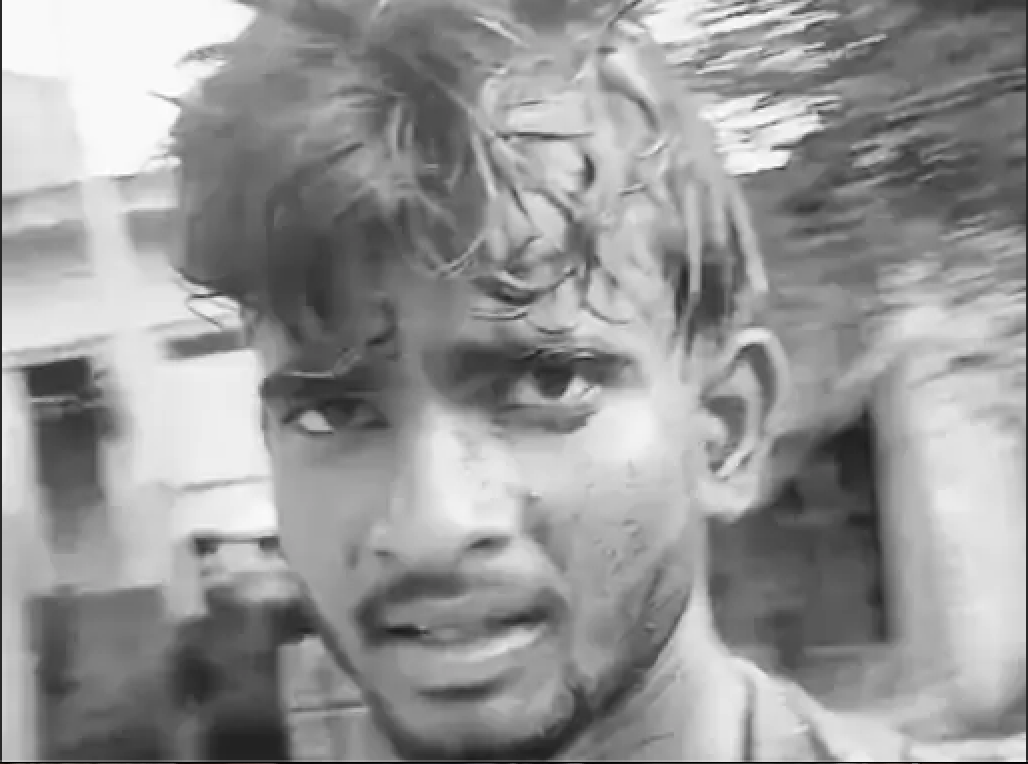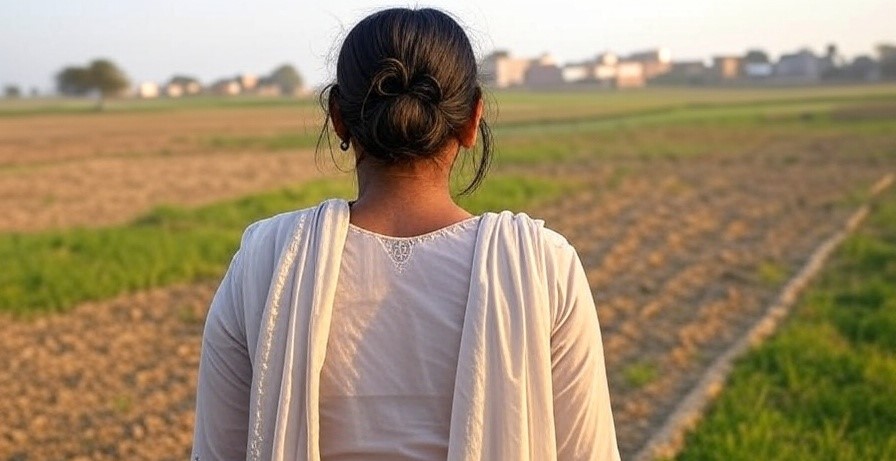Throughout my childhood, I fell asleep in a world full of elephant gods, monkey armies, and eight-handed goddesses. Before bed, my grandmother would tell me stories from ancient Hindu epics as I snuggled against her soft cotton sari. My favorite was the Ramayana, the tale of an exiled prince named Ram who goes on a journey to save his wife and defeat an evil empire before returning home to claim his rightful throne. Like millions of Indian children, I saw Ram’s love, righteousness, and tolerance as a model for my own life.
Today, Indians are being shown a version of Ram that’s nothing like the figure I remember. Over the past decade, I’ve watched Prime Minister Narendra Modi render the deity an avatar of violent nationalism. In his telling, Ram isn’t a broad-minded king but a wrathful avenger, ready to punish Muslims for their supposed offenses against India’s Hindu majority. Officials in Modi’s Bharatiya Janata Party (BJP) post images of Ram with six-pack abs, drawing his bow and arrow—a far cry from the Ram in my grandmother’s temple, who smiles beside his family. The politicization of Ram culminated earlier this year, when Modi consecrated a temple to the god on the same spot where Hindu radicals once demolished a centuries-old mosque. This was meant to incite Modi’s base of Hindu nationalists, whose devotion is a key reason Modi won a third consecutive term yesterday, even as the BJP seems to have lost a significant number of seats in Parliament.
Modi’s transformation of Ram is part of a decades-long attempt by India’s right wing to “Hinduize” one of the most religiously diverse countries in the world—the birthplace of not only Hinduism but also Buddhism, Jainism, and Sikhism. Modi presents India’s 200 million Muslims as “infiltrators” and suggests that Ram can subdue them. But using Ram as a political weapon defiles the great achievement of modern India: religious tolerance. …
This story was originally published in theatlantic.com. Read the full story here.






